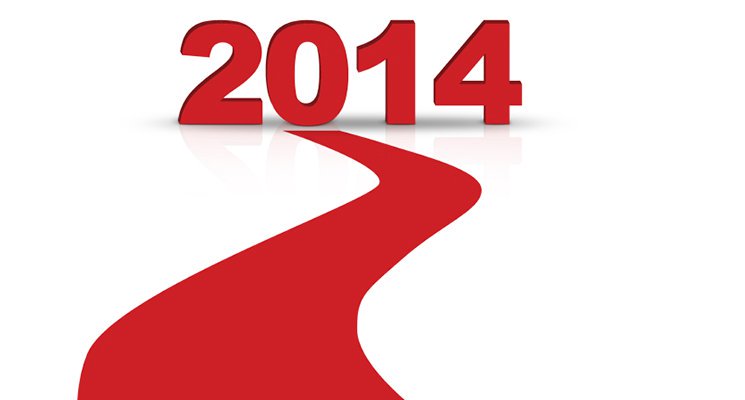Recently, the Centers for Disease Control and Prevention (CDC) released troubling data: Only about a quarter of kids ages 12 to 15 are getting the amount of moderate to vigorous physical activity recommended by federal guidelines: 60 minutes each day. This follows a report the organization issued last year, revealing that childhood obesity has more than doubled in children and tripled in adolescents in the past thirty years. We all know where childhood obesity, or simply too little activity in childhood, can lead: cardiovascular disease, diabetes, bone and joint problems, sleep apnea, poor self-esteem, stroke, cancer, osteoarthritis — nothing good.
The trend is worrying, but also worrying is the fact this data is tracked and reported year after year, and large-scale improvements seem nonexistent. In this year’s report, researchers write, “…tracking the prevalence of physical activity among U.S. youth may help inform public health interventions.” We need these interventions now.
Where they’re lacking, health facilities, and in particular sports facilities that train youth, can make a difference. The key is to connect news of the data to the everyday happenings at your facility. First, you have to help spread the word: Send newsletters, post on social media, hang up flyers in your facility, put up a billboard-sized sign in your window — however you do it, get the word out there that there is a problem. Use the numbers the CDC provides (they’re sadly impressive—for example: In 2010, more than one-third of American children and adolescents were overweight or obese).
Then explicitly describe how your facility directly helps combat the dire figures. List the classes you offer that keep kids moving for 60 minutes; highlight any special deals parents can take advantage of. Invite new students in for free trial classes. Post videos showing kids having fun at your facility. If you’re a health club or fitness center that does not cater to kids, get the word out there anyway — and then explain why it’s crucial for parents, teachers, and other adult role models to stay in shape if they want future generations to stay in shape.
Also, consider what new offerings you might develop in order to speak to the worrying reports, and make clear that your new offerings are a response to those reports — you can even mention the CDC’s data in your catalog of courses or on your website. As for those offerings: Have you studied your scheduling software to see where you might fit in an extra class or two? Have you hosted nutrition-information sessions for parents and kids? Can you send personal trainers into schools or camps, both as ambassadors charged with spreading the word about health and fitness — and, of course, your facility?
If you help share the information that’s out there, show your members and clients (and potential members and clients) that you care, offer ways to make meaningful changes, and provide a free class or lecture to get folks started, you’ll be well on your way both to making a difference and boosting business.











